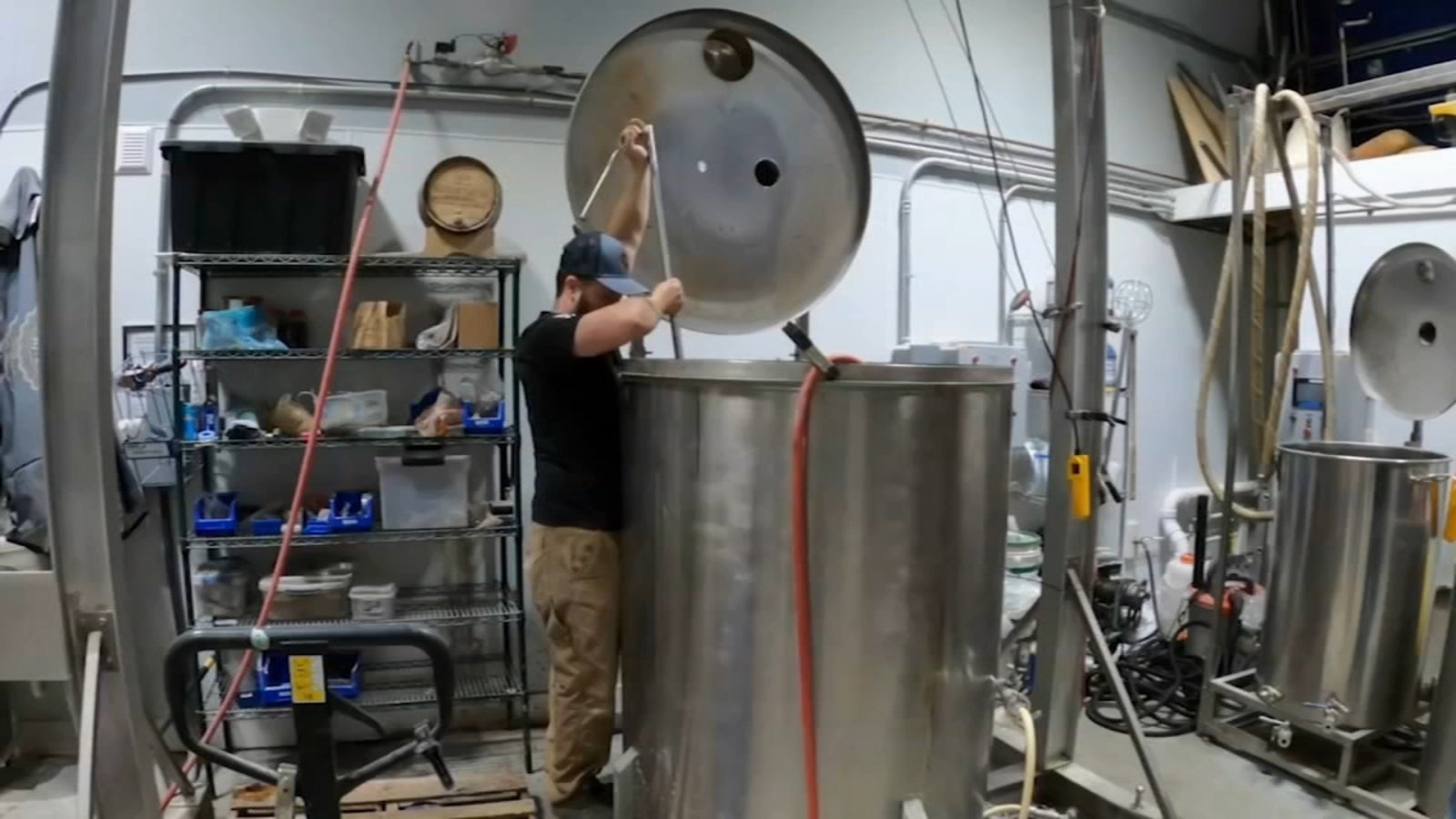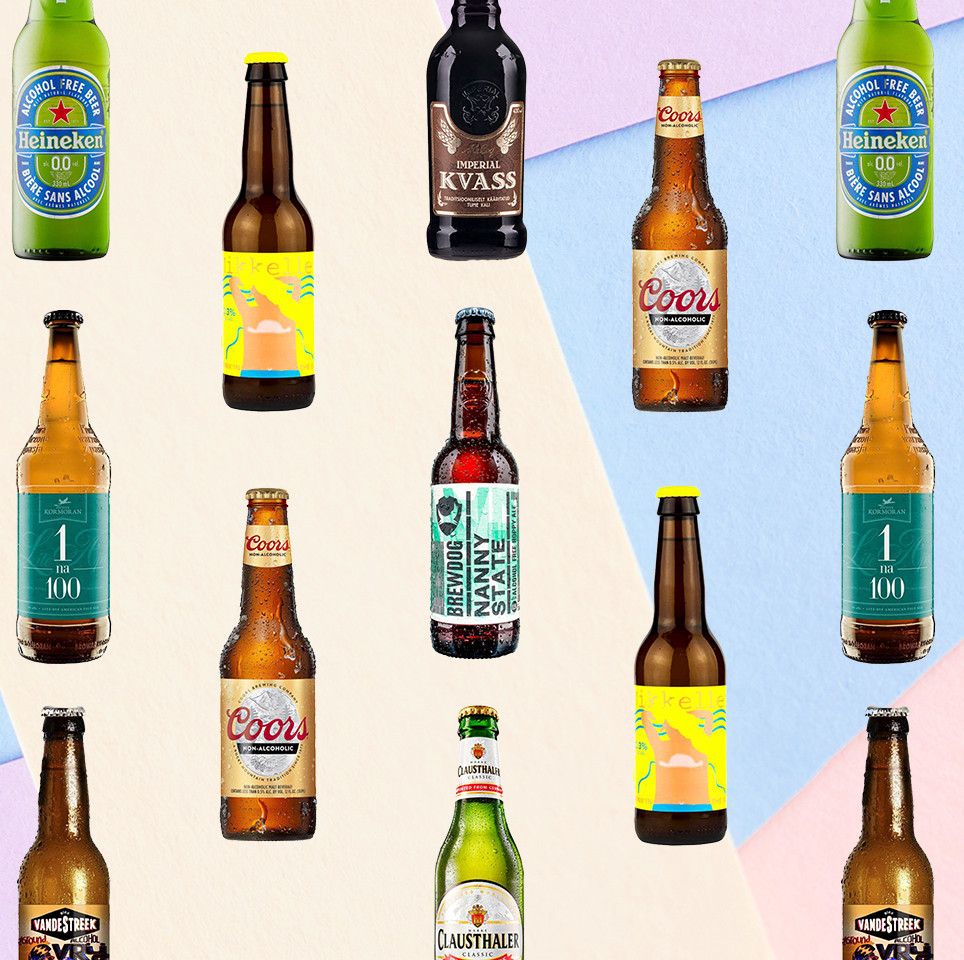Grasping the Craft of Distillation: a Deep Study Distillery Traditions
Exploring the detailed art of distillation unveils a globe steeped in classic traditions that have actually shaped the spirits we appreciate today. From the ancient beginnings of distillation strategies to the contemporary advancement of distillery devices, each action in the process lugs with it a rich tapestry of background and competence. As we delve into the fragile equilibrium of contemporary versus traditional distilling methods and reveal the importance of vital ingredients, a much deeper understanding arises of the profound influence distillery customs have on the spirits we enjoy.
Beginnings of Distillation Methods
The growth of purification techniques has a rich history that traces back to ancient people. The beginnings of purification can be connected to early human beings such as the Mesopotamians, Egyptians, and Greeks. These ancient cultures utilized primary purification methods for perfumery, medicine, and generating alcoholic beverages. The concept of separating elements based on their different boiling points laid the foundation for the innovative purification procedures we have today.
The earliest evidence of distillation go back to around 3000 BC in Mesopotamia, where clay pots were made use of to boil down perfumes and aromatic oils. The Egyptians even more advanced these methods, using purification for medicinal purposes and embalming practices. The Greeks, notably numbers like Aristotle and Hippocrates, added to the theoretical understanding of distillation.
Over time, purification spread to regions like India, China, and the Center East, each society adding its unique touch to the craft. The evolution of purification methods continued via the Center Ages and the Renaissance, ultimately resulting in the diverse selection of distillation processes used in contemporary distilleries worldwide.
Evolution of Distillery Tools

With innovations in modern technology and a much deeper understanding of the distillation process, modern-day distilleries currently utilize a variety of innovative devices to produce spirits of the best quality. Today, purification equipment consists of column stills, reflux stills, and crossbreed stills, each developed to deal with certain distillation demands. These contemporary stills provide better temperature level policy, increased purification precision, and better effectiveness in dividing alcohol from pollutants.
Along with stills, distilleries now utilize innovative condensers, fermenters, and filtration systems to further refine the distillate. The evolution of distillery devices continues to play a crucial function fit the varied series of spirits readily available on the market today.
Traditional Vs. Modern Distilling Practices
Conversely, modern distilling practices leverage advanced innovation and development to enhance production processes and improve consistency. Automated systems, computerized controls, and cutting edge equipment enable modern distilleries to produce spirits more efficiently and with better accuracy.
While standard distilling methods are treasured for their heritage and the special flavors they produce, modern approaches supply benefits in terms of scalability, quality assurance, and sustainability. By incorporating clinical improvements and contemporary engineering, distillers can optimize manufacturing, minimize waste, and satisfy the demands these days's market better. Ultimately, the selection in between conventional and modern distilling practices often relies on the distillery's goals, worths, and target audience.
Key Active Ingredients in Distillation Process
Within the craft of purification, the selection of vital components plays an essential duty in figuring out the flavor account and quality of the spirits generated. The primary active ingredients utilized in the purification process are typically water, yeast, and a fermentable resource such as grains, fruits, or sugarcane.
Water is a fundamental element as it not only weakens the alcohol content to a palatable degree but additionally affects the total mouthfeel and texture of the spirit. The high quality and mineral content of the water utilized can significantly affect the last product.
Yeast is one more essential component that transforms the sugars present in the fermentable source right into alcohol through the process of fermentation. Various pressures of yeast can produce differing scents and flavors, adding to the unique qualities of the spirit.

Impact of Distillery Traditions on Spirits
The influence of longstanding distillery practices on spirits extends past the selection of vital components, forming the very significance and character of the last distilled items (Distillery in Galveston). These traditions, gave through generations, play a vital role in defining the one-of-a-kind taste accounts and qualities that differentiate one spirit from an additional
Distillery customs incorporate a wide variety of techniques, from the specific methods made use of in distillation to the option of maturing processes employed. For instance, using traditional copper pot stills in scotch manufacturing is thought to impart certain flavors and features that are very valued by connoisseurs. Likewise, the aging of spirits in oak barrels, a method deeply rooted in distilling practices, adds to the growth of complex aromas and flavors in time.

Conclusion
In final thought, the practices of purification have a rich history that has progressed with time. From the beginnings of distillation techniques to the contemporary methods, the influence of distillery practices on spirits is obvious. By understanding the essential components in the distillation process and the development of distillery tools, one can value the workmanship and virtuosity that goes right into developing top quality spirits. Distillery traditions play an important function in shaping the spirits market and protecting the heritage of distillation methods.
Throughout the history of purification, the tools made use of in distilleries has actually gone through significant evolution to boost performance and high quality of the distillation process.With advancements in modern technology and a much deeper understanding of the distillation process, modern-day distilleries currently use a variety of innovative tools to create spirits of the highest possible high quality. Today, distillation tools includes column stills, reflux stills, and hybrid stills, each made to provide to particular distillation requirements. From the beginnings of distillation strategies to the contemporary practices, the influence of distillery customs on spirits is undeniable. Distillery practices play a crucial role in forming the spirits Visit This Link market and maintaining the heritage of purification practices.